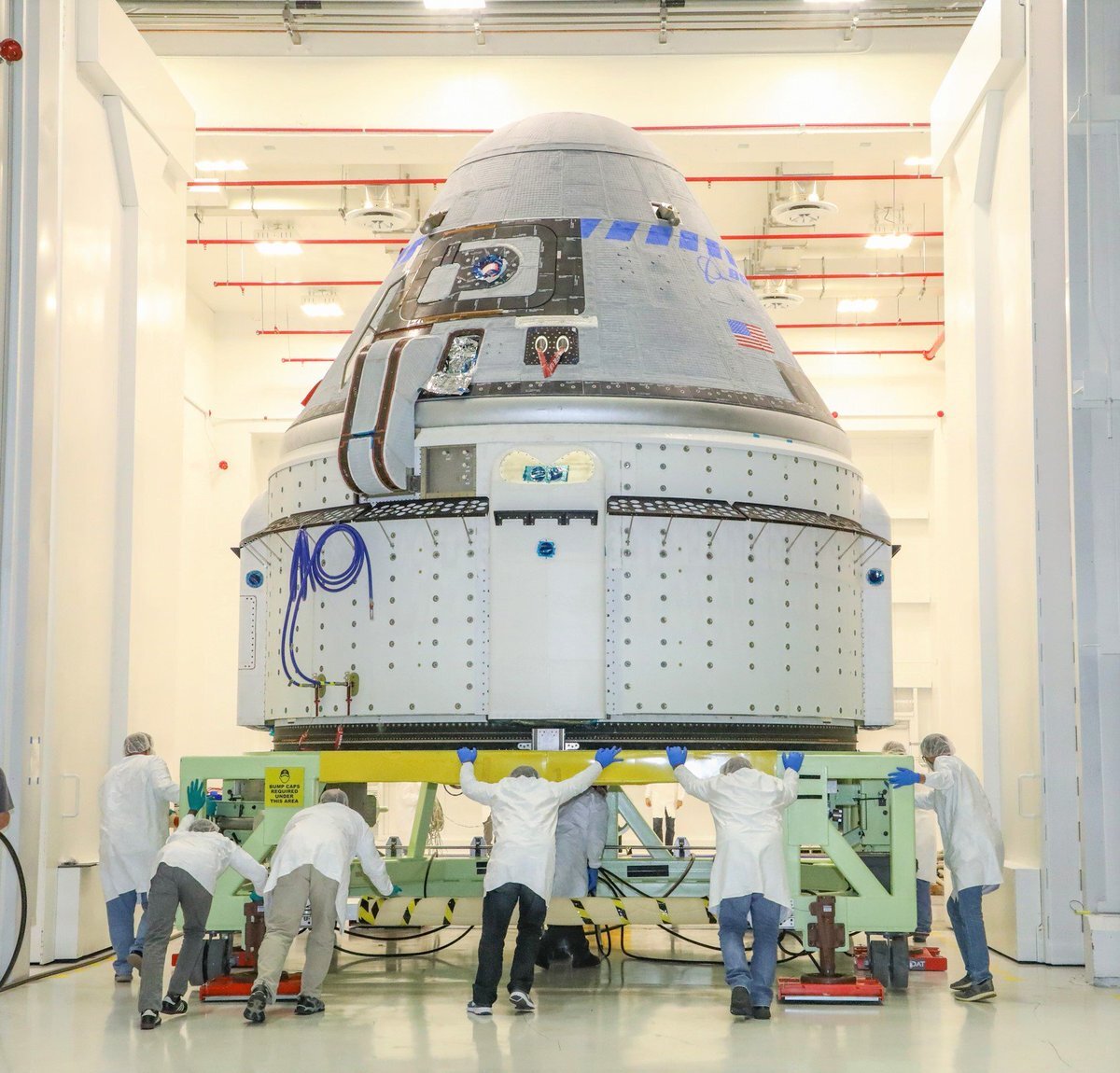Commercial Crew Program flight schedule gets fresh clarity
/With the Crew Dragon Demo-2 mission in the history books, NASA is looking toward the first operational flight of the Commercial Crew Program, SpaceX's Crew-1 mission, as well as the second uncrewed test flight of Boeing’s Starliner later this year.
Originally targeting late September for liftoff from Kennedy Space Center, Florida, NASA has opted for late October, instead, giving the International Space Station program time to swap Soyuz spacecraft crew and to send another Cygnus cargo freighter to the outpost.
Between Aug. 18 and Oct. 3, 2020, no visiting vehicle arrivals are departures are planned at the ISS. This should allow the Expedition 63 crew — Russian cosmonauts Anatoli Ivanishin and Ivan Vagner and NASA astronaut Chris Cassidy — to get more science and maintenance done.
However, starting on Oct. 3 with the expected arrival of the NG-14 Cygnus, a number of visiting vehicle activities are planned.
Soyuz MS-17 with a fresh set of ISS crew members — Russian cosmonauts Sergey Ryzhikov and Sergey Kud-Sverchkov and NASA astronaut Kate Rubins — is slated to launch and dock on Oct. 14.
The Soyuz arrival will set the stage for Ivanishin, Vagner and Cassidy to leave the outpost in their Soyuz MS-16 spacecraft Oct. 21 after six-months on orbit, officially ending Expedition 63 and starting Expedition 64 with the Soyuz MS-17 crew.
Finally, Crew-1 is expected to launch on Oct. 23 and dock a day later with NASA astronauts Michael Hopkins, Victor Glover and Shannon Walker as well as Japanese astronaut Soichi Noguchi. They’ll join the Expedition 64 crew.
Crew-1 is slated to stay in orbit for about six months before being replaced by Crew-2 — NASA astronauts Shane Kimbrough and Megan McArthur along with two international astronauts, Japan’s Akihiko Hoshide and the European Space Agency’s Thomas Pesquet.
The Crew-2 flight is expected to utilize the spacecraft used for the Demo-2 mission earlier this year — Dragonship Endeavour. The two-person Demo-2 crew included Doug Hurley, the spouse of McArthur.
During the month of November, a cargo variant of Dragon-2 is expected to fly to the ISS, and a number of spacewalks are expected during this time as well.
In December, several Progress resupply spacecraft are expected to leave the ISS with one arriving. NG-14 Cygnus is also planning to depart the outpost during this month, as well.
Perhaps the most anticipated ISS mission in December 2020 (or January 2021) is expected to be Boeing's CST-100 Starliner's second uncrewed test flight, OFT-2. This second test flight was added after the partial failure of the first in December 2019.
During OFT-1, a programming issue nearly prevented the spacecraft from reaching orbit shortly after its separation from the Atlas 5 carrier rocket.
Because of the error, the spacecraft to thought it was somewhere else in its planned orbit, causing extra fuel to be consumed in order to barely scrape into a temporary orbit.
The extra fuel consumed, however, meant no rendezvous and docking would be attempted with the ISS. It was brought back to Earth a couple days later.
OFT-2 spacecraft assembly is in its final stages at Boeing’s Commercial Crew and Cargo Processing Facility at Kennedy Space Center, according to NASA.
The agency said the company is currently focusing on adding a new re-entry cover to Starliner’s docking system in order to better protect it during the return flight to Earth.
Additionally, NASA said Boeing is currently about 75% of the way through an independent review team’s 80 proposed actions to improve the spacecraft following its partial failure last year.
Should the second test flight go well, it'll set the stage for a crewed flight test with NASA astronauts Mike Fincke and Nicole Mann as well as Boeing astronaut (and former NASA astronaut) Chris Ferguson as early as summer 2021 and its first operational flight in late 2021, Starliner-1.
Recently assigned to the Starliner-1 mission was NASA astronaut Jeanette Epps. She’ll join NASA’s Sunita Williams and Josh Cassada as well as a yet-to-be-assigned fourth crew member (likely an international astronaut) for a planned six-month ISS expedition.







